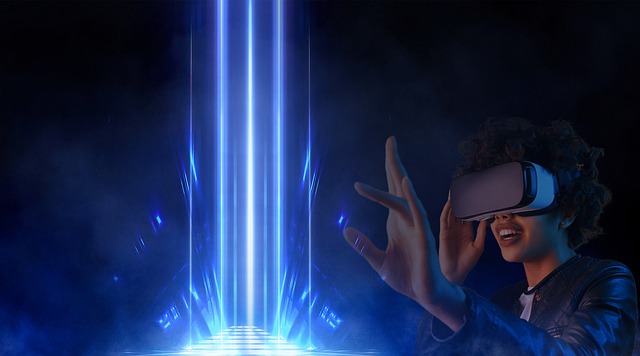Immersive VR technology for business is an emerging science because of its distinct safety advantage. Currently, VR tours help insulate against Covid-19 restrictions since you can arrange virtual showrooms, tours, and meetings. However, 360-degree technology makes navigating unsafe areas, such as mine shafts possible.
Helping Clients
As a prime example, the Covid-19 pandemic means reduced physicality interaction. For many businesses, this is disastrous. But a professional team will develop a VR tour for your project on-site or in real-time (Oculus Go). A project can then access a project via necessary software and a VR headset, with all essential safety precautions taken care of. Additionally, VR technology eliminates the need for a client to be present. So you can go ahead and show a property, manage a site, or even clear quick estate sales remotely and safely.
How it Works
You can develop almost anything with VR and 360-degree cameras. However, in specific industries, such as retail, leisure, and property development, VR can be beneficial. The images are stitched together after being taken. After stitching, they are applied to the interior of a sphere. When wearing a headset, the photosphere appears as a 3D environment around you. Using a headset, 360-degree photography allows you to virtually step inside a scene and view it from all angles.
Benefits to Business
With immersive technology, you can show clients an exact project without taking risks. But risk elimination also extends beyond prospective clients into an achievable solution where health and safety is a genuine concern:
- Access to unsafe areas
- Immersive updates of construction zones
- Drone imagery from hazardous areas
- Dangerous engineering or construction sites
- 3D CGI architectural models
- View surrounding areas
VR systems allow you to inspect previously unreachable areas like never before. A multidisciplinary approach, such as drones, VR stitching, and CGI will enable you to develop an entirely realistic 3D representation of real-world locations for viewing in VR.
What VR Cannot Do
Modern VR technology is currently in its infancy, and therefore holds some limitations. However, popular headsets such as Oculus, Vive, and even PSVR offer an immersive representation of almost any location. But VR technology still has a long way to go. For example, VR live streaming is a brand concept that only Oculus Go can perform. Additionally, the computing and rendering power required makes full 4K and 8K VR with current headsets impossible.
What to Expect in the Future
The recently announced PSVR2 specs are promising, making it the most potent headset available when Sony finally releases it. However, it won’t be long before other manufacturers improve their models also. Therefore, upcoming VR technology will significantly enhance resolution, field-of-view, and live streaming capability. In addition, dynamic 4K, 180-degree vision, and real-time feedback are not beyond possibility at this point. These combined would make an impressive project for clients and enhance visibility when viewing datasets in areas impossible for people to reach safely.
